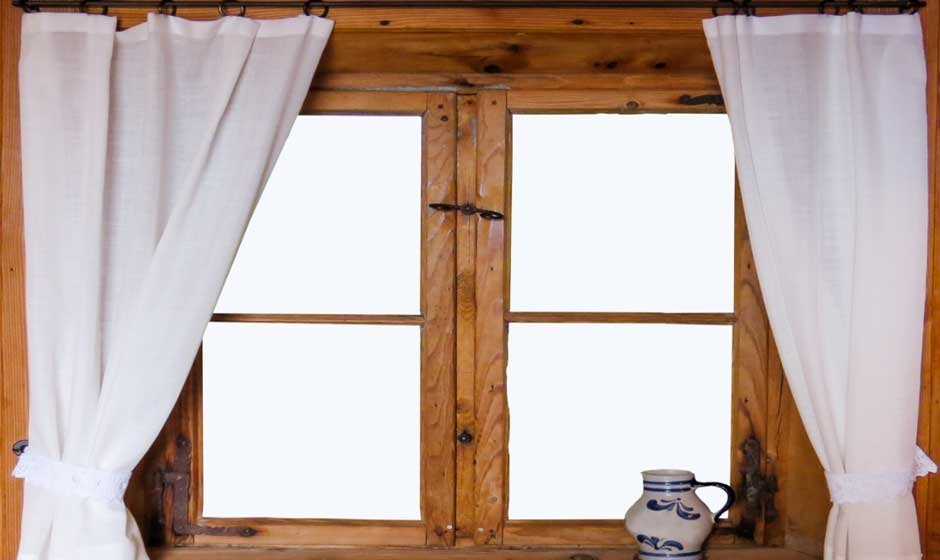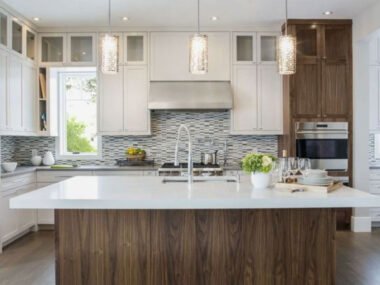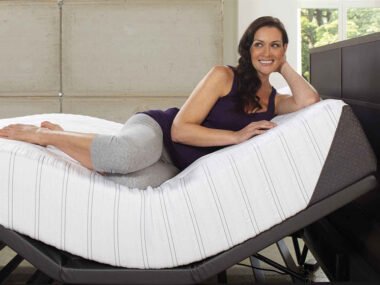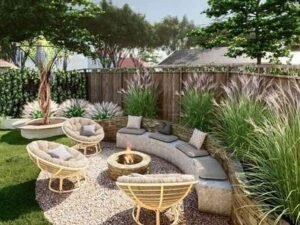Selecting the right window treatment for your home can impact both aesthetics and functionality. While curtains have long been a popular choice for homeowners, blinds have emerged as a more practical option in many situations.
Ease of maintenance, energy efficiency, and versatility make them an appealing alternative. Let’s explore the benefits of blinds over curtains and provide insight into why they may be the better choice for some homes.
Light Control and Flexibility
The ability to control natural light is one of the significant advantages blinds hold over curtains. Blinds offer a range of options that allow homeowners to let in just the right amount of sunlight. Know that curtains come with fixed lengths and widths, which can limit your ability to fine-tune how much light enters the space. Some specific styles like dual layer blinds allow for a combination of light filtering and blackout options in one product. This versatility means that homeowners can adapt their window treatments to various times of day and activities.
Blinds can be tilted or lifted to create an ambiance that suits the moment, whether relaxing with a book or entertaining guests. With curtains, homeowners have to rely on heavier fabrics, which can obstruct too much light during the day while offering little flexibility. The dynamic nature of blinds is an attractive option for those who enjoy customizing their living spaces.
Easy Maintenance and Durability
Blinds generally require less effort compared to curtains. Made from materials like aluminum, vinyl, or wood, including popular options like wooden blinds, they can be easily wiped down or dusted for quick and convenient maintenance. In contrast, curtains need to be taken down, washed, and ironed. Blinds tend to resist stains better than fabric curtains, making them more durable over time. Because of these features, many households find that blinds look good and maintain their appearance longer.
The longevity of window treatments in high-traffic areas like living rooms or kitchens. Blinds stand up well to wear and tear, ideal for homes with kids or pets. Unlike delicate curtains that can fray or fade, blinds retain their structural integrity, meaning homeowners can enjoy them for years without worrying about replacement. The color options and designs available in blinds have expanded dramatically, so homeowners can achieve the desired style without compromising on practicality.
Energy Efficiency and Insulation
Many modern blinds are designed with energy-saving properties that regulate indoor temperatures, leading to lower energy bills. Some materials reflect heat away in the summer while retaining warmth in the winter. Most curtains offer basic insulation but may allow drafts or heat transfer that blinds can prevent.
Installing blinds can deliver substantial savings over time. Homeowners keen on boosting efficiency may want to consider investing in quality blinds as an essential part of their energy conservation strategy. Improved insulation also translates to prolonged HVAC systems’ life spans, as the systems do not have to work as hard to maintain comfortable indoor temperatures.
Style and Aesthetic Appeal
While many homeowners appreciate the elegance of flowing curtains, blinds offer equally stunning design elements that improve any space. With various materials, colors, and styles available, blinds can complement different interior design schemes from minimalist to traditional. From sleek wooden blinds to modern aluminum options, the array of choices ensures that aesthetics are not sacrificed for practicality.
Blinds can contribute to the overall ambiance of a room. They can add layers of texture and color that curtains may not achieve. When selecting blinds, homeowners can consider how various designs either soften or sharpen the overall look of their spaces, giving them the creative freedom to personalize each room.
Cost-Effectiveness
From initial purchase to long-term maintenance, blinds prove to be more cost-effective than curtains. Higher-end curtains may come with a substantial price tag, but blinds will generally provide a wider range of budget options without sacrificing quality. DIY installation can help homeowners save on installation costs, which can increase the overall expense.
The durability of blinds means fewer replacements over the years, further improving their cost-effectiveness. The long-lasting materials used in blind construction limit the frequency of new purchases, a common issue with fabric curtains. Homeowners considering window treatments should do a cost-benefit analysis that confirms blinds may save money in both the short and long term.
Space Efficiency
Small homes or apartments face challenges regarding space efficiency. Blinds are generally more compact than curtains, which can take up valuable wall space. This feature makes them suitable for locations where maximizing square footage is a must. Blinds sit snugly along the window frame, providing an unobtrusive appearance. Curtains may require additional space for mounting hardware and the fabric itself, sometimes creating a cluttered look.
Space efficiency makes blinds ideal for smaller or uniquely shaped windows. Owners of these types of windows may struggle to find suitable curtains, but blinds offer customizable options that can fit specific measurements and aesthetics. The simple yet innovative design of blinds allows them to improve functionality without overwhelming the area, a preferred choice in limited spaces.

The benefits of choosing blinds over curtains are numerous and can elevate the experience of any home. They offer ease of maintenance, improved energy efficiency, and exceptional versatility, all while providing aesthetic appeal. Whether you’re considering blinds for their practicality, style, or both, the innovative designs available today cater to a multitude of needs.










